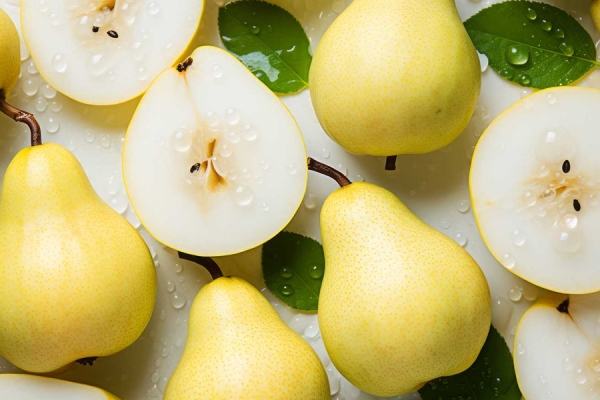6 Health Benefits of Eating Pears
Pears are low in fat and calories. On the other hand, they are full of vitamins, minerals and fiber
1. For easier breathing. In Chinese medicine, pears are used for lung diseases. Practitioners claim that on hot summer days, mucus may appear in the lungs, leading to shortness of breath. Pear juice is recommended as a remedy, which lubricates the throat and helps reduce phlegm. In this case, pears help because they contain the antioxidant glutathione, which boosts lung immunity and helps prevent infections by regulating mucus build-up. However, experts warn that when you have lung problems, do not trust the fruit, but seek medical help.
2. To fight diabetes. Pears contain polyphenols that have a protective effect against the development of type 2 diabetes and help lower blood sugar levels. Eating unpeeled pears more than five times a week also improves insulin sensitivity.
3. For a normal pregnancy. Pears contain nutrients that are necessary for a normal pregnancy, and folic acid stands out among them. It is essential for preventing birth defects in children.
4. Against allergies. The first fruit given to babies is often a pear, not only because of its delicious juice, but because it is unlikely to cause an allergic reaction. This is because pears contain the natural antihistamine quercitin. Hay fever and allergy sufferers often take quercitin supplements to relieve symptoms.
5. They protect the bones. Pears contain high levels of the mineral boron, which helps the body retain calcium. Pears are also high in vitamin K, which is vital for bone health. It also supports the production of hormones, including estrogen, which help prevent bone loss.
6. For a hangover. Pears can protect you from severe hangovers as they reduce blood alcohol levels. If you suffer from headaches and are sensitive to light and sound after drinking too much, pear juice would help you avoid morning discomfort. The only condition is that you drank it before the potion, not after it.
